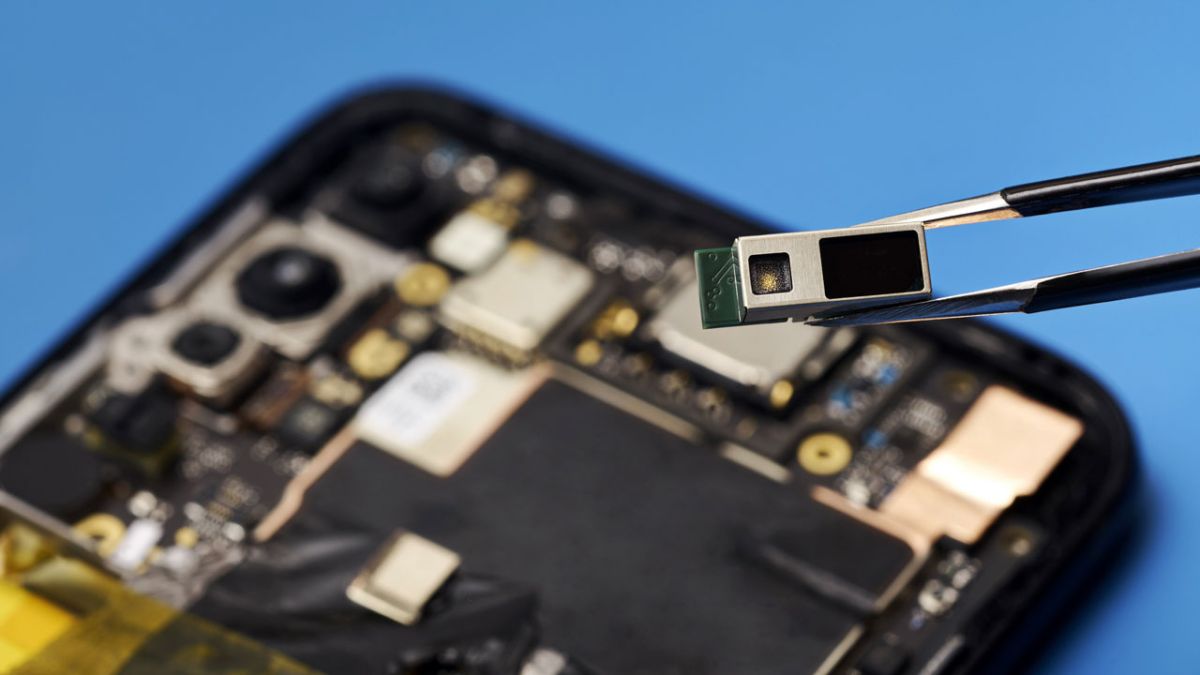I like how they quickly glance over the fact that you need line of sight to connect and call that a good thing because people behind a wall cant steal your data.
Within the same room, it is possible to use a frequency of light that will reflect off of almost anything. I just got a window AC unit with a remote that defies physics. Like I can have a desk, and closed plantation shutters (slats and doors) in front of the receiver on the front of the unit, point the remote anywhere in the wrong direction and still activate the thing. It’s just an IR LED transmitter setup. I’ve never seen one that is quite this powerful. It is uber cheapo general electric bottom of the consumer grade junk category too.
This is the NSA’s wet dream tech. Anyone with line of sight could intercept the data stream.
For low datarates sure, but at high speeds the dispersion caused by light taking multiple paths will be unacceptable. The reason single node fiber is so thin is to make sure light can only travel along one path. If you want multi gigabit speeds, you will need a direct line of sight.
Imagine trying to communicate with your squad but the NSA has a mirror up inbetween the relays
I have a remote for a TV that does the same thing. Can point any direction and it works.
Because it works through Blutooth.
That’s a feature!
deleted by creator
It absolutely is a good thing when security is concerned. WiFi is easy to snoop even if you’re not physically in the room, if you know what you’re doing. Sure there are encryption standards that are very good to tamp down on this. However, what’s even better with LiFi is you must be physically in the room to intercept any transmissions that are being sent.
This is by design one of the largest advantages to LiFi. There are other practical uses as well, but it’s not like LiFi is designed to explicitly replace WiFi.
Ma! Theres dust on the Li-Fi sensor again! Ma! You gotta clean it every week for the TV to work!
Yeah this is gonna be great.
Apple Cloth will sell like hot cake
It’s going to be great if you don’t imagine it as a one-for-one replacement for traditional wifi and use it in applications that are specific to its strengths and weaknesses.
Also, just how dusty is your house that one week’s accumulation is enough to snuff out a signal?
I’m making a joke about the article headline. It paints a picture to that it will replace traditional wifi when that is definitely not the case.
Hackers gonna start carrying mirrors to cause an outage.
It’s been like 5 years since the last time I heard about the technology
I’m pretty sure I heard about this in high school, over 10 years ago…
Looked it up, and it was first announced in 2011.
It is 5 years away from being 5 years away
This is cool and all, but Wi-Fi and Li-Fi are equally “light-based”, it’s just using different frequencies. A higher frequency means potentially faster data transmission, but at the cost of faster attenuation. We see this with 2.4GHz vs 5GHz wifi already, and this sounds to me like a more extreme version of that
Yes and no. It’s both electromagnetic waves but the frequencies are very very far apart. So far, the techniques we use to emit and receive them are fundamentally different. Their propagation and transmission characteristics are also very different. Also, the data transmission rate (in theory) only depends on the bandwidth of the transmission channel, not the absolute frequency. But there’s more “room” for large bands at higher frequencies, of course.
Idk. Lifi uses actual light waves which are quite high up the spectrum. For sure Wi-Fi and Li-Fi are both electromagnetic waves, but light itself is a very small section of the EM spectrum. Above that wavelength you get ionizing radiation that gives you cancer and below that is harmless non-ionizing light and radio waves.
Regardless of if it’s on the visual spectrum or not, it’s all called light as long as it’s electromagnetic radiations
Radio waves are light, gamma rays are light, gravitational waves are not, sound waves are not
Is this expected to be a niche technology, or is it something that regular people will use? Seems like it would be a hassle to make sure that your li-fi receivers are within line of sight of your li-fi transmitters or whatever.










